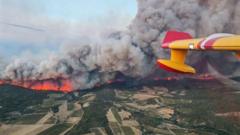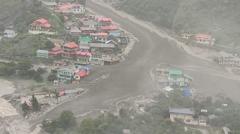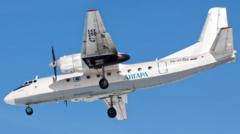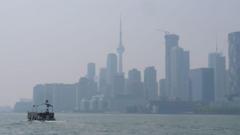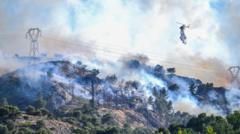The report indicates that a Delta Air Lines aircraft, transporting 80 individuals, descended excessively fast—nearly twice the acceptable rate—prior to its crash landing in Toronto, as outlined by investigators from the Transportation Safety Board of Canada. Despite the alarming circumstances, all passengers and crew members managed to escape safely.
Delta Aircraft Crashes in Toronto: Preliminary Report Reveals High-Speed Descent

Delta Aircraft Crashes in Toronto: Preliminary Report Reveals High-Speed Descent
Canadian authorities released a preliminary report detailing the conditions leading to a Delta plane's crash in Toronto last month.
The investigation revealed that the plane was descending at 1,100 feet per minute, significantly higher than the 600-foot threshold for what constitutes a "hard landing." This rapid descent triggered a warning just before touchdown, resulting in critical mechanical failures during landing. A part attached to the plane's landing gear broke upon impact, causing the aircraft to roll, lose its right wing, and ignite. Fortunately, all 76 passengers and four crew members evacuated safely before an explosion occurred near the left wing after the incident.
Experts like Jeff Guzzetti, a former U.S. accident investigator, commented on the potential exceedance of design stress limits of the landing gear due to the extreme descent. The investigation is ongoing, and more details will be released as they become available.
Experts like Jeff Guzzetti, a former U.S. accident investigator, commented on the potential exceedance of design stress limits of the landing gear due to the extreme descent. The investigation is ongoing, and more details will be released as they become available.





